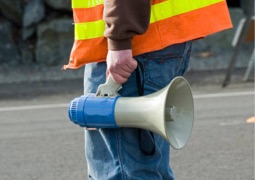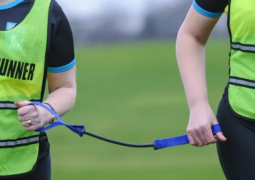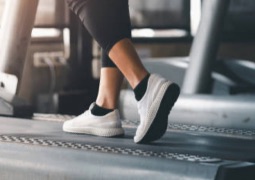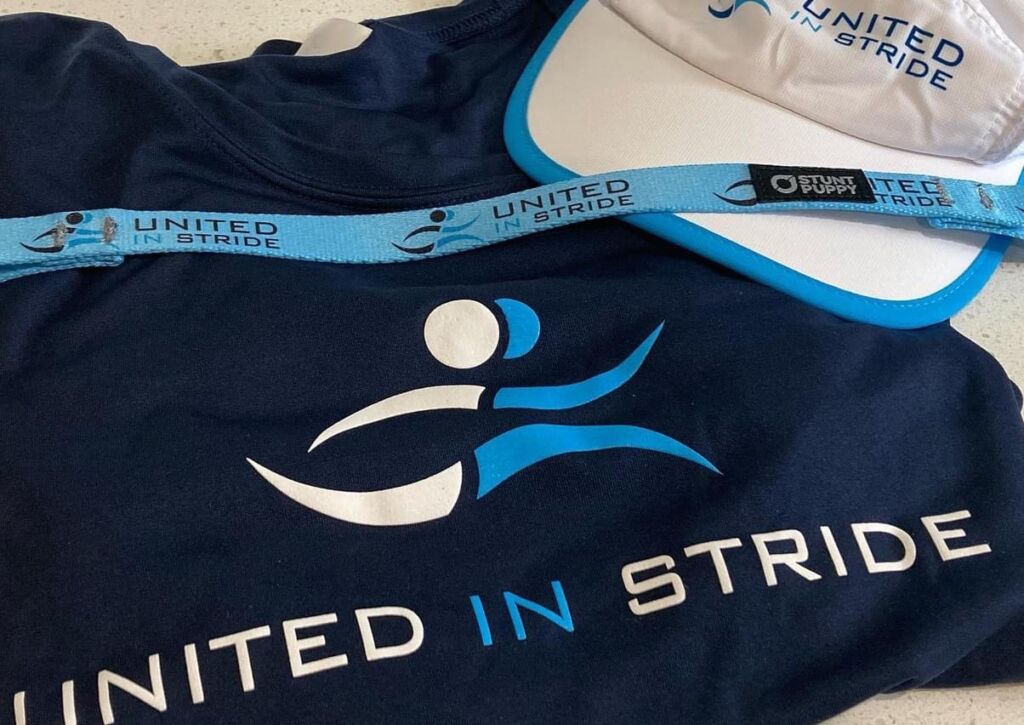Welcome to the new United In Stride!
If this is your first time here, Sign Up to become a member now!
Already a member? Login and complete the following steps to update your profile to take full advantage of our new site:
- Log In to your United In Stride account
- Navigate to your My Profile page through the My Account button in the top right of the website
- Click the Edit button underneath your profile picture.
- Don’t forget to hit Save at the bottom of the page when you are done!
We hope you enjoy our new site!





